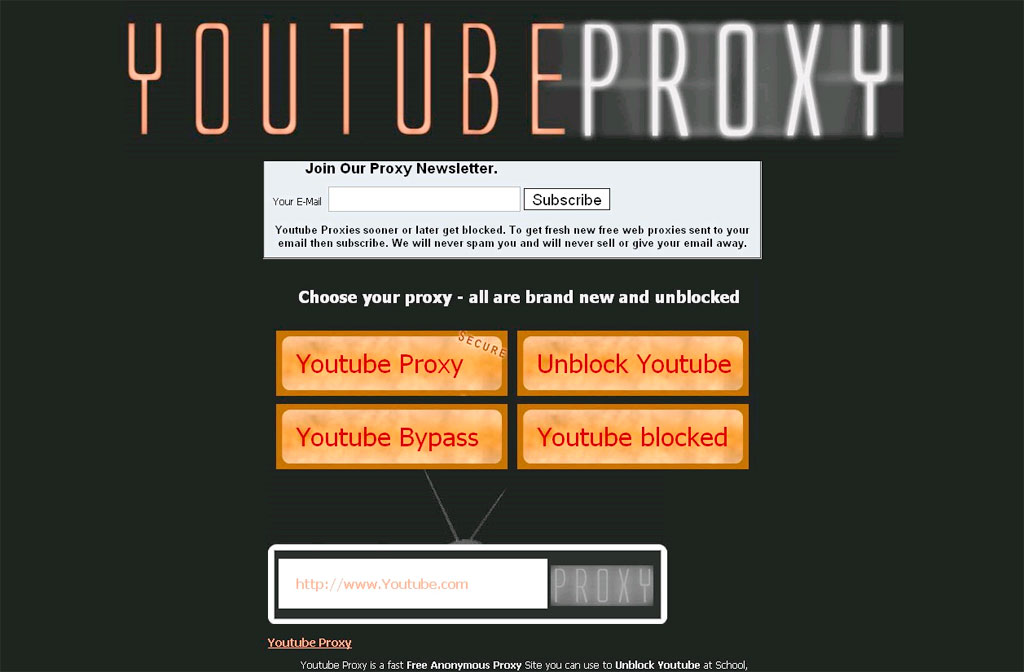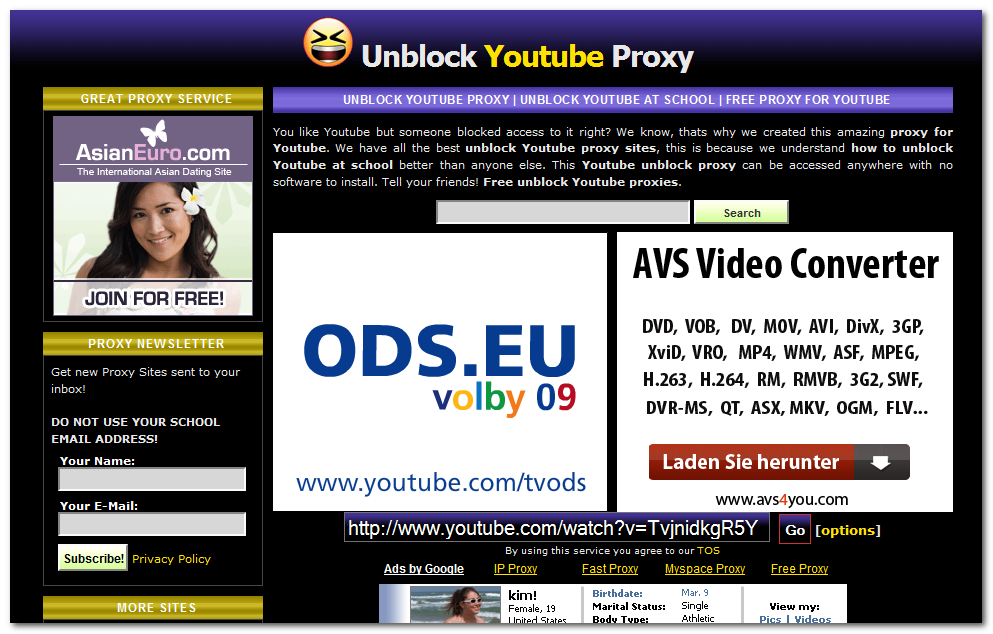To Block or Not To Block
By Farieha Aziz | Technology | Published 11 years ago
“We’ve taught YouTube a lesson by banning it and forcing Google to lose out on revenue in Pakistan because it did not remove the video.” This was the populist response to the ban, which is now almost a year long, on the video-sharing platform. But was that really the case?
The ban on YouTube was imposed in September 2012 upon the orders of then prime minister, Raja Pervez Ashraf. This was in response to a film, Innocence of Muslims, uploaded on the video-sharing platform, which depicted the Prophet (PBUH) in a disrespectful manner. Citing the possible breach of law-and-order, the domain as a whole was blocked to prevent access to the video. On the face of it, it was a preventive measure to stop violence from erupting in reaction to the video. However, despite blocking the platform and announcing “Love the Prophet Day” with the government declaring it a public holiday, neither of these measures stopped the violent protests. News that such a film existed was fodder enough for riots.
Violent protests are not new to Pakistan. Be it at the time of the Danish cartoons, the release of the film Fitna or the caricatures competition hosted on Facebook — they all led to the loss of lives and property, when mobs took to the streets to vent their anger. And all of the damage was internal and cost Pakistanis, not anyone else.
Similarly, the assertion that YouTube was taught a lesson is also misplaced. YouTube’s earnings from countries based on ads have to do with its local presence. Monetary benefit based on views is only generated when there exists a local version of YouTube in the country. As is explained further in this article, YouTube or Google do not have a local or legal presence in Pakistan.
 The thing to understand about the internet is this: It is designed in a manner in which 10 roads lead to one destination. If one is blocked, there are alternate routes. This should be evident enough through proxies, which have been used to circumvent blockades, time and again. The other fundamental distinction to be made is that unlike the broadcast medium, what one does not want to see, one will not see online. Unless one consciously makes an effort to search and, most importantly, click to visit a page or website, it will not just appear.
The thing to understand about the internet is this: It is designed in a manner in which 10 roads lead to one destination. If one is blocked, there are alternate routes. This should be evident enough through proxies, which have been used to circumvent blockades, time and again. The other fundamental distinction to be made is that unlike the broadcast medium, what one does not want to see, one will not see online. Unless one consciously makes an effort to search and, most importantly, click to visit a page or website, it will not just appear.
So what did the ban achieve? If anything, it highlighted an unknown video and unknown filmmaker and put them in the limelight — few people knew either existed before the ban. The ban peaked people’s curiosity, and the most unfortunate part is that the traffic to the video surged exponentially after attention was drawn towards it due to the ban. What the ban did not do however was prevent violent protests. If the ban was supported to register one’s protest against Google and YouTube for not removing the video, why did Spotflux and Hotspot Shield become household names, shared as good options to circumvent the ban and access the platform? If the intention was to remove oneself from the platform, why is it being accessed by hordes, despite the ban? And what is the point in keeping the website blocked when it is being accessed anyway?
Much of this and more came up in the ongoing hearing at the Lahore High Court regarding a petition seeking to overturn the ban on YouTube. Initially, during the hearings in April, the honourable judge was of the view that the video must be blocked but not the whole website as it contains other valuable content — particularly of educational worth (See ‘Watch and Learn’). There were two approaches to this: A policy approach and a technology solution.
The policy approach involved asking YouTube (Google’s subsidiary) to block the video. There was much back and forth between the Ministry of Information Technology (MOIT) and Google, but it resulted in little success. What emerged through the discourse in court was that YouTube, as a policy, does not remove content that does not meet the criteria in its Community Guidelines. According to the Google Transparency report 2013, Google “received inquiries from 20 countries regarding YouTube videos that contain clips of the movie, Innocence of Muslims: Australia, Bangladesh, Brazil, Brunei, Djibouti, Egypt India, Indonesia, Iran, Jordan, Lebanon, Malaysia, Maldives, Pakistan, Russia, Saudi Arabia, Singapore, Turkey, United Arab Emirates, and the United States. Australia, Egypt, and the United States requested that we review the video to determine if they violated our Community Guidelines, which they did not. The other 17 countries requested that we remove the videos. We restricted videos from view in Indonesia, India, Jordan, Malaysia, Russia, Saudi Arabia, Singapore and Turkey. Due to difficult circumstances, we temporarily restricted videos from view in Egypt and Libya.”
The other question that arose was: Why did YouTube restrict access to the video in other countries but not in Pakistan? The response to this was as follows: Access to the video was restricted in countries where Google was registered and had a country level domain — and neither exist in Pakistan. If Google is registered in a country, then the local laws are applied. Additionally, if country-level domains exist, the content is restricted at that level, not on dot com. Neither Google nor its subsidiary, YouTube, have any legal presence in Pakistan, neither is there a country-level domain.
What would it take to get Google to localise in Pakistan was the next question. There exists a thing called intermediary liability protection which in Pakistan exists for Internet Service Providers (ISPs). This is basically a legal clause that stipulates that the service provider cannot be held liable for the actions of its users. In more simple terms, a telecom company for instance, cannot be held responsible for what its users say to one another through the use of their services. This, for online platforms, does not exist in Pakistan.
Accepting filters to reopen one platform will have terrible ramifications. Blocking a domain is one thing and does not involve invasive methods. But blocking encrypted traffic through methods such as man-in-the-middle attacks, which mask a third-party as the intended recipient to acquire data, is a dangerous deal to strike. As it is, there is no check on the powers of state bodies. What would happen when unfettered powers and technology tools are at their disposal?
In the hearing held on April 26, 2013, the judge instructed the MOIT to seek a response from Google whether it would agree to localise if criminal intermediary liability protection was extended to it by the court for an interim period, until parliament legislated, and if that would enable the particular video to be blocked. Google in return asked the court for a period of four weeks to submit a written response on the matter, which was submitted in July. The thrust of Google’s response was this: “The decision as to whether to offer this service is a business, legal and commercial decision, and takes into consideration, for example, whether there is adequate legal certainty and protections for the provision of such online services in the country.” So not only would other considerations factor in for localisation in addition to intermediary liability, Google’s letter stated that without a legislated notice-and-take-down system through which very specific requests are routed, there can be no compliance with requests. One option that Google did offer was interstitial warnings, which is what led to the reopening of YouTube in Bangladesh in June.
 An interstitial is a warning screen that appears as a disclaimer before a video displaying in writing: the content in this video may be inappropriate. The only way to watch the video is by clicking to proceed to it. The important distinction here is ‘should one choose to.’ And one very simply can choose not to by never clicking to proceeding to the video. With that, the chapter on what Google could do to resolve this problem came to an end. Next it moved to what MOIT and Pakistan Telecommunication Authority (PTA) could do.
An interstitial is a warning screen that appears as a disclaimer before a video displaying in writing: the content in this video may be inappropriate. The only way to watch the video is by clicking to proceed to it. The important distinction here is ‘should one choose to.’ And one very simply can choose not to by never clicking to proceeding to the video. With that, the chapter on what Google could do to resolve this problem came to an end. Next it moved to what MOIT and Pakistan Telecommunication Authority (PTA) could do.
During the hearings in April, when questioned why particular links to the video had not been blocked but the website as a whole had, PTA officials had this to say: They would block one link and hundreds more would appear. That is when the decision was taken to block at the IP level. This decision, it was said, was taken by the IMCEW (Inter-Ministerial Committee for the Evaluation of Websites), and a document with the relevant notification was produced in court.
 According to PTA, blocking takes place at the ISP level and depending on the ISP — whether it is a large one or small — and the different equipment they have, they can block up to a certain limit. With the video in question, one, the capacity to block links to this video had been exceeded. Two, while they were able to manage blocking HTTP traffic, they were unsuccessful in blocking HTTPS traffic. In a written submission made to the court by PTA on July 25, the authority maintained there was no system in Pakistan capable of blocking HTTPS traffic. In an earlier hearing, a PTA official had remarked that attempting to tamper with HTTPS traffic would be detrimental for commerce and industry.
According to PTA, blocking takes place at the ISP level and depending on the ISP — whether it is a large one or small — and the different equipment they have, they can block up to a certain limit. With the video in question, one, the capacity to block links to this video had been exceeded. Two, while they were able to manage blocking HTTP traffic, they were unsuccessful in blocking HTTPS traffic. In a written submission made to the court by PTA on July 25, the authority maintained there was no system in Pakistan capable of blocking HTTPS traffic. In an earlier hearing, a PTA official had remarked that attempting to tamper with HTTPS traffic would be detrimental for commerce and industry.
The thing to understand about the internet is this: It is designed in a manner in which 10 roads lead to one destination. If one is blocked, there are alternate routes. This should be evident enough through proxies, which have been used to circumvent blockades, time and again. The other fundamental distinction to be made is that unlike the broadcast medium, what one does not want to see, one will not see online. Unless one makes an effort to search and, most importantly, click to visit a page or website, it will not just appear.
Asked if upgrading capability and investing in filtering equipment could guarantee that the video and links to it would remain blocked 100%, the answer to this query was, no. This is what led the judge to question why one should then seek a solution that doesn’t guarantee results. Alternately, why not try and raise tolerance levels and make tools available that allow blocking at home, since morality is very subjective and varies family to family.
It is at this critical juncture that the matter rests and the next steps in terms of what the solution is, remains to be decided. On July 25, the judge issued instructions to the Secretary IT and Minister of State to appear at the next hearing so it could be communicated to them what everyone’s input has been and what the court’s mindset is on the issue. Twice, both the secretary and the minister did not appear and excused themselves. Once the date for the next hearing was set for September, alarming statements started being issued by the ministry.
The minister — and the ministry — have been in pursuit of filters from day one. Nothing on the internet can be blocked 100%. It is pertinent to mention here that even China with its ‘Great Firewall,’ which boasts an investment of with millions into it and with a battalion manning it, has not been able to succeed in blocking efforts 100%. Citizens have found ways to side-step and access blocked domains and content.
Despite how the discourse on the issue has evolved in court, the ministry has vehemently stuck to filters as the ultimate solution even though the risks associated with them have been pointed out repeatedly (see ‘Security Breach’).
Accepting filters to reopen one platform will have terrible ramifications. Blocking a domain is one thing and does not involve invasive methods. But blocking encrypted traffic through methods such as man-in-the-middle attacks, which mask a third-party as the intended recipient to acquire data, is a dangerous deal to strike. As it is, there is no check on the powers of state bodies. What would happen when unfettered powers and technology tools are at their disposal? It’s no secret how in the past political content has been blocked under the garb of national security. If filters are introduced, who is to know — leave alone check — what is taken down in the name of anti-Islamic and ‘immoral’ content. And what happens to all communication online, that is left open for anybody to scour.
This is the first time a reasoned discourse has taken place — and the court has provided the platform where that could happen. Where else will government officials be in a position to come face-to-face with civil society counterparts, and actually listen — even if not heed — to what they say. But now it is for the top officials of the bureaucracy to adopt a more multi-stakeholder and participatory approach. It won’t be enough to issue statements and remain disconnected from the proceedings. The matter needs to be resolved by taking into account views of all stakeholders instead of making decisions unilaterally.
Farieha Aziz is a Karachi-based journalist and teacher. She joined Newsline in 2007, rising to assistant editor. Farieha was awarded the APNS award for Best Investigative Report (Business/Economic) for the year 2007-2008. She is a co-founder and Director at Bolo Bhi, an advocacy forum of Digital Rights.


